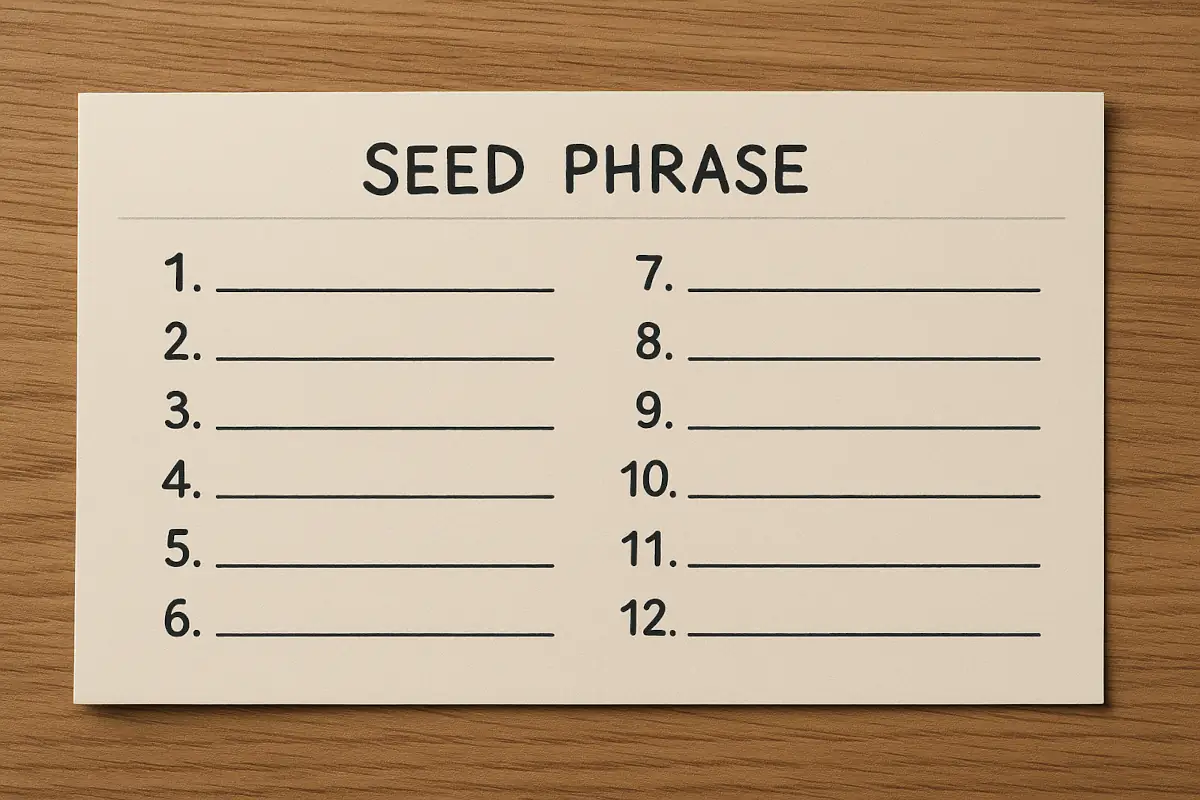So, RSI hits 30 and it’s “oversold”, right? And above 70 means it’s “overbought”. What more is there to it?
Well… a lot, actually. Despite being one of the simplest technical indicators out there, RSI (Relative Strength Index) is also one of the most misunderstood. It’s everywhere – on every trading app, every YouTuber’s chart, every “quick win” trading guide. And yet, most people use it like a traffic light.
The truth is, if you know how to actually read RSI like a pro, it can do a lot more than just flash warning signs. It can help you spot trend reversals, detect market exhaustion, and even hint at upcoming breakouts – if you understand its context.
Table of Contents
The Basics: What RSI Actually Tells You
The RSI measures the strength of recent price moves to figure out if an asset is rising too fast (which could mean a pullback is coming), or dropping too sharply (which could suggest a rebound). It does this by comparing the size of recent gains to recent losses over a set time period – most commonly 14 periods. That’s how you get that familiar 0–100 indicator.
- Above 70: The asset might be overbought.
- Around 50: Things are pretty neutral.
- Below 30: It might be oversold.
The idea is that if something’s been climbing for a while without much of a pullback, it’s probably overextended and due for a correction. And if it’s been falling hard without a bounce, it might be undervalued and ripe for recovery.
Timeframes Matter More Than You Think
One of the biggest mistakes people make with RSI is ignoring timeframes. That RSI(14) you see by default? It’s based on 14 periods – but those periods could be hours, days, or even minutes, depending on your chart.
If you’re trading on a 5-minute chart, your RSI(14) is measuring just over an hour’s worth of activity. On a daily chart, it’s checking out two weeks. See the problem? Different RSI lengths show different things:
- RSI(14) is the default. It gives a broader view.
- RSI(7) reacts faster, so it’s more sensitive.
- Shorter RSIs (like RSI(5) on a 1-hour chart) can help with quick scalp trades.
- Longer RSIs (like RSI(14) on a daily or weekly chart) are better for swing trades or spotting bigger trends.
What’s really interesting is when different RSI versions tell different stories. If the 1-hour RSI is low but the daily RSI is still high, it could be a temporary dip in a bigger uptrend – or the early warning of a trend reversal. That kind of mismatch is where experienced traders start paying attention.
What Happened in the Past Still Matters
RSI isn’t just about the number. It’s about how long the asset has been in that zone.
If RSI briefly dips to 28 before bouncing back above 40? That might’ve been a solid entry point. But if RSI’s been stuck under 30 for days or weeks? That’s not a “discount” – that’s a red flag.
Consistently low RSI is often a sign that the asset is weak, and buyers just aren’t stepping in. It’s not “undervalued” – it’s bleeding. Same goes for the top. Just because something touches 72 doesn’t mean it’s time to short. Assets can stay “overbought” for a long time in strong bull runs.
You Can’t Read RSI Without Context
Imagine seeing an RSI at 22. Classic oversold, right? So, is it time to buy?
But the story would look vastly different if this is a result of a panic selling after the coin has been hacked. Suddenly, that low RSI doesn’t look like an opportunity – it looks like a trap. This is why RSI should never be used in isolation. Always consider what’s happening outside the chart. News, fundamentals, platform security, liquidity – these can all crush a price regardless of how “oversold” it looks on paper.
So before jumping in on a low RSI, ask yourself: Why is it low? Is it fear, or is something actually broken?
RSI Alone Isn’t Enough
RSI is great, but sometimes might be too simple, as it doesn’t factor in volume. This is where tools like MFI (Money Flow Index) can help. MFI is similar to RSI, but it includes volume in the equation. That makes it a bit more sensitive to whether the buying or selling pressure is actually strong.
You might see both RSI and MFI dropping, which confirms that the sell-off is real. Or you might see RSI falling while MFI is holding up – maybe there’s some hidden accumulation going on.
Other useful pairings include MACD (for trend strength) or Bollinger Bands (for volatility). Used together, these tools can give a much better picture than RSI alone.
Final Thoughts
It’s easy to treat RSI like a cheat code, just buying under 30 and selling over 70. But if it were that simple, we’d all be retired by now.
The truth is, RSI is useful – but only if you read between the lines. Look at the timeframes. Look at how long it’s been in the zone. Ask yourself what’s happening behind the scenes. Use other tools. Check the news. It’s not just about seeing the number – it’s about understanding what it means.
Read also: How To Use Crypto Fear and Greed Index To Your Advantage?




